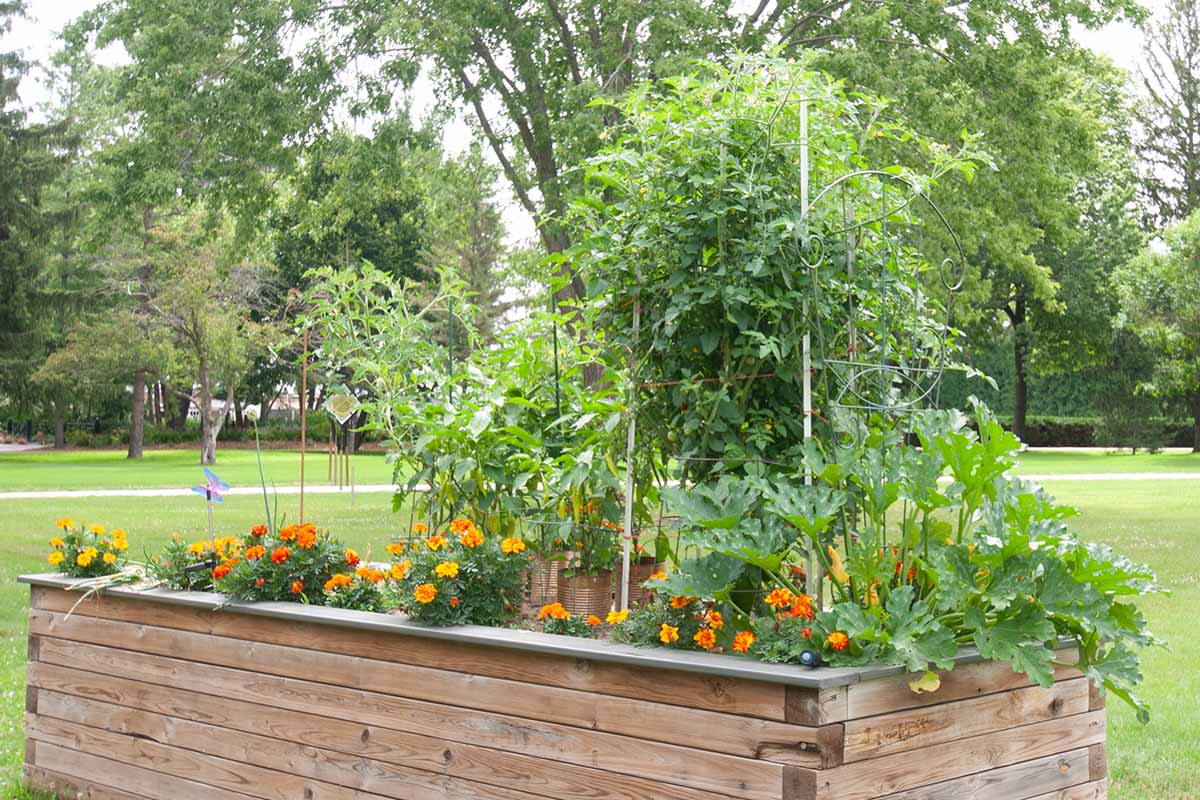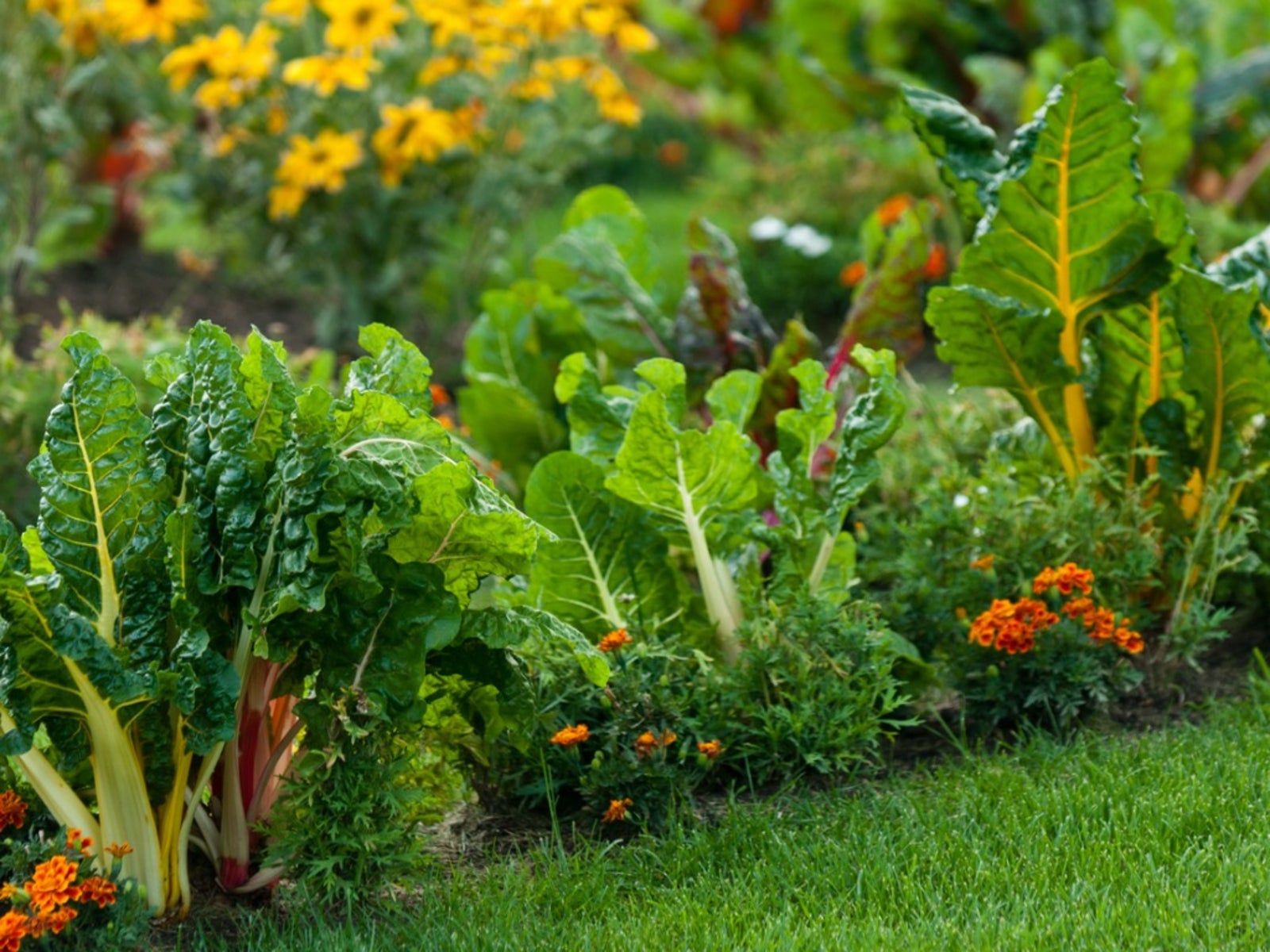The Ultimate Guide To Companion Planting
The Ultimate Guide to Companion Planting
Companion planting is a gardening practice that involves planting certain plants together for mutual benefit. By carefully choosing which plants to grow near each other, you can help to improve their growth, deter pests, and attract beneficial insects.
There are many different benefits to companion planting. Some of the most common include:
- Increased crop yields. Companion plants can help to improve the growth of each other by attracting beneficial insects, providing shade, or improving the soil quality.
- Reduced pest problems. Some companion plants can help to repel pests, while others can attract beneficial insects that will prey on pests.
- Improved pollination. Some companion plants attract pollinators, which can help to increase the pollination of your crops.
- Improved soil quality. Some companion plants can help to improve the soil quality by fixing nitrogen or adding organic matter.
If you're new to companion planting, it can be helpful to start by learning about some of the most common companion plant pairings. Here are a few examples:
- Beans and corn. Beans fix nitrogen in the soil, which can benefit corn. Corn provides shade for beans, which can help to prevent them from getting too hot.
- Carrots and onions. Onions repel carrot flies, which can be a major pest for carrots. Carrots help to improve the flavor of onions.
- Lettuce and tomatoes. Lettuce helps to suppress weeds, which can compete with tomatoes for water and nutrients. Tomatoes provide shade for lettuce, which can help to prevent it from bolting.
- Marigolds and tomatoes. Marigolds repel nematodes, which can be a major pest for tomatoes. Marigolds also attract beneficial insects that prey on pests.
These are just a few examples of the many different companion plant pairings that you can use in your garden. There are many resources available to help you learn more about companion planting, so you can find the best pairings for your specific needs.
Main Content
In addition to knowing which plants to grow together, there are a few other things to keep in mind when using companion planting in your garden.
- Consider the plants' needs. When choosing companion plants, it's important to consider the plants' needs in terms of sunlight, water, and nutrients. For example, you wouldn't want to plant a drought-tolerant plant next to a plant that needs a lot of water.
- Consider the plants' growth habits. Some plants, such as tomatoes, grow tall and need plenty of space. Other plants, such as lettuce, grow low and spread out. It's important to plant these types of plants together so that they don't crowd each other out.
- Consider the plants' flowering times. Some plants flower early in the season, while others flower later. It's a good idea to plant some early-flowering plants and some late-flowering plants together so that you'll have flowers throughout the season.
Conclusion
Companion planting is a great way to improve the health and productivity of your garden. By carefully choosing which plants to grow together, you can help to deter pests, attract beneficial insects, and improve the soil quality. If you're new to companion planting, start by learning about some of the most common companion plant pairings. With a little planning, you can use companion planting to create a thriving garden that is both beautiful and productive.
Are you looking for a way to improve your garden's productivity and attract beneficial insects? If so, you should consider using companion planting. Companion planting is a gardening technique that involves planting certain plants together to benefit each other. For example, some plants attract pests away from others, while others help to improve the soil quality.
If you're not sure which plants to pair together, you can visit Garden Wiki. This website has a comprehensive companion planting guide that lists hundreds of different plants and their ideal companions. The guide also includes information on the benefits of companion planting and how to get started.
So what are you waiting for? Visit Garden Wiki today and learn more about how companion planting can help you grow a healthier and more productive garden.
FAQ of garden companion planting guide
1. What is companion planting?
Companion planting is the practice of planting certain plants together in order to enhance their growth or deter pests. Some plants complement each other by attracting beneficial insects, repelling pests, or sharing nutrients.
2. What are the benefits of companion planting?
There are many benefits to companion planting, including:
- Increased crop yields
- Improved plant health
- Reduced pest and disease problems
- Increased biodiversity in the garden
- Enhanced beauty of the garden
3. How do I choose companion plants?
There are many resources available to help you choose companion plants. Some good sources include books, websites, and gardening magazines. You can also ask experienced gardeners for advice.
When choosing companion plants, it is important to consider the following factors:
- The plants' cultural needs (sun, water, soil type)
- The plants' growth habits (height, spread)
- The plants' pest and disease resistance
- The plants' aesthetic appeal
4. What are some common companion plants?
Some common companion plants include:
- Beans and tomatoes: Beans fix nitrogen in the soil, which benefits tomatoes. Tomatoes provide shade for beans, which helps to protect them from pests.
- Carrots and onions: Carrots repel onion pests, while onions repel carrot pests.
- Cucumbers and melons: Cucumbers and melons attract beneficial insects that help to control pests.
- Herbs and flowers: Herbs and flowers can attract beneficial insects and deter pests. They can also add beauty to the garden.
5. What are some tips for companion planting?
Here are some tips for companion planting:
- Do your research to learn about the specific needs of the plants you are growing.
- Plant companion plants that have similar cultural needs.
- Plant companion plants that complement each other's growth habits.
- Plant companion plants that attract beneficial insects and deter pests.
- Experiment with different combinations of companion plants to find what works best for your garden.
Image of garden companion planting guide
5 different images of "garden companion planting guide" from Pinterest:
- Image 1: This image shows a diagram of companion planting, with different vegetables and herbs shown in different colors. The text in the image explains how different plants can help each other grow, such as how marigolds can help deter pests from tomatoes.

- Image 2: This image shows a close-up of two tomato plants, with marigolds planted around them. The text in the image explains how marigolds can help deter pests from tomatoes, such as aphids and whiteflies.

- Image 3: This image shows a row of carrots, with dill planted between them. The text in the image explains how dill can help attract pollinators to carrots, which can help improve the carrot yield.

- Image 4: This image shows a bed of lettuce, with spinach and chives planted around it. The text in the image explains how spinach and chives can help deter pests from lettuce, such as slugs and snails.

- Image 5: This image shows a garden bed with a variety of different vegetables and herbs planted together. The text in the image explains how companion planting can help create a more balanced and productive garden.

Post a Comment for "The Ultimate Guide To Companion Planting"